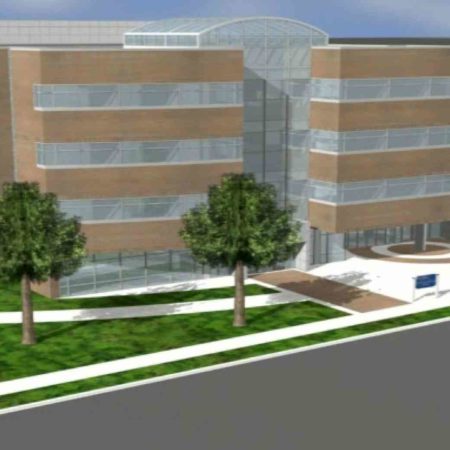Virtual Learning Forest
The goal of this project is to develop a 3D Virtual Learning Forest in a virtual world environment (VWE) based on the longleaf pine ecosystem, and to measure how students react to it and how it impacts their learning experience.
Description
Virtual environments for experiential learning have many applications in sciences with laboratory-based training sessions. Some of the key advantages of such tools are: 1) cost-efficiency compared to real laboratories, 2) safety: the students can familiarize themselves with the proper laboratory safety procedures in a virtual setting before they go to an actual laboratory, and 3) accessibility, which is also important for distance education.
For forestry education, experiential learning systems show much potential for offering immersive experiences that simulate environmental areas including forests [Bec09], as well as virtual laboratory tools and processes [JBB+10] that simulate traditional real-world teaching and training methodologies. Such an educational interactive virtual reality system, named Virtual Learning Forest, was presented in [JBB+10] and offers visual simulation of longleaf pine ecosystems.
The target audience for Virtual Learning Forest is mainly undergraduate natural resource students. More specifically, the system has been tested by undergraduate forestry students in sampling, mensuration, and silviculture classes at the University of Florida and Virginia Polytechnic Institute and State University. The students were involved with testing and evaluating the virtual environment during the development of various phases of this product. The fully-implemented version of a 3D Virtual Learning Forest based on the longleaf pine ecosystem was presented in [JBB+10]. In addition to the tridimensional simulation of this ecosystem, the virtual environment simulates several traditional tools and instruments for measuring the diameter of the trees (Fig. 3), the distance of the student from a specific tree, as well as the height of the longleaf pine trees. Finally, the system is connected to a database that records the progress of the students in various virtual laboratory exercises that simulate traditional laboratory methodologies and measure how students react to the virtual system and how this impacts their learning experience.
The target audience for Virtual Learning Forests will ultimately be undergraduate natural resource students at universities worldwide. The immediate audience during the life of this project will be undergraduate forestry students in sampling, mensuration, and silviculture classes at the University of Florida (UF) and Virginia Polytechnic Institute and State University (Virginia Tech). These students will be involved with testing and evaluating the product during the development of the first phase of this product. The goal during the 24 month life of this project will be to develop a first (beta) version of a 3D Virtual Learning Forest in a virtual world environment (VWE) based on the longleaf pine ecosystem, and to measure how students react to it and how it impacts their learning experience.



